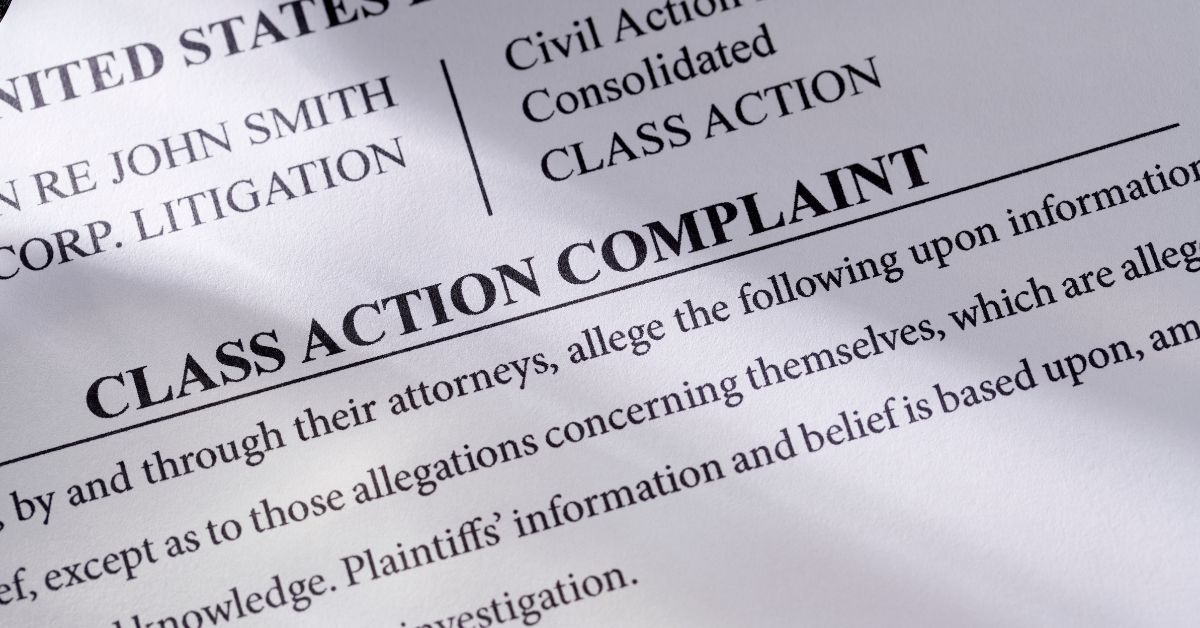The Attorney’s Investment: The Strategic Logic of Taking Your Case at No Upfront Cost

For many individuals facing a legal battle, particularly one involving personal injury, medical malpractice, or a wrongful death claim, the prospect of hiring an attorney can feel like an insurmountable financial hurdle. The cost of legal fees, often paid hourly, can run into thousands of dollars, a sum that is simply beyond the reach of those already burdened by medical bills, lost wages, and emotional trauma. It is in this challenging landscape that the contingent fee model emerges as a beacon of hope, a system where a lawyer agrees to take on your case at no upfront cost. This isn’t a gesture of charity; it is a carefully calculated, strategic business decision, a partnership built on shared risk and a mutual belief in the case’s merit.
This arrangement, often misunderstood, is the very foundation of access to justice for countless people. It transforms the relationship between a client and their truck accident attorneys in Houston from a traditional fee-for-service model to a true collaborative investment. The lawyer’s decision to accept a case on this basis is a powerful endorsement of their belief in its potential, a testament to their willingness to stake their own time, resources, and expertise on the outcome.
The Contingent Fee Model: A Partnership of Risk
The essence of such a structure is the contingent fee, which entails that an attorney is paid conditionally on the event of success. The lawyer agrees to cover all the costs associated with the case—including investigation, filing fees, expert witness fees, and depositions—and receives a percentage of the final settlement or court award. This model is a game-changer for individuals who would otherwise be locked out of the legal system. It levels the playing field, allowing a single person to stand against a large corporation, a powerful insurance company, or a well-funded defense team. By removing the financial barrier to entry, it ensures that justice is not a privilege reserved for the wealthy.
The Lawyer’s Due Diligence: A Strategic Assessment
Before any firm commits to a case on a contingent basis, they undertake a rigorous and meticulous due diligence process. A law firm doesn’t just take on every case that walks through the door; they are, in essence, becoming a financial partner in the client’s legal journey. They have to believe in the case’s strength, its potential for a favorable resolution, and the ultimate recovery of damages.
This initial assessment often involves:
- Thorough Investigation: Reviewing all available evidence, including police reports, medical records, and witness statements.
- Legal Analysis: Applying legal precedent and statutes to the facts of the case to determine the likelihood of proving negligence, liability, and causation.
- Valuation of Damages: Estimating the potential value of the case, taking into account medical expenses, lost wages, pain and suffering, and other damages.
- Assessing the Defendant: Evaluating the financial capacity of the defendant or their insurance company to pay a settlement or judgment.
This pre-screening is crucial. The attorney is not just evaluating a client; they are assessing a potential investment. A case with a strong foundation of evidence, clear liability, and significant damages is more likely to be accepted on a contingent basis because the risk-reward profile is favorable.
Conclusion: A Foundation for Fairness
The decision of a lawyer to take on a case at no upfront cost is a cornerstone of a more equitable legal system. It is a strategic investment rooted in professional confidence, shared motivation, and a commitment to justice. For the attorney, it represents a calculated risk that, when successful, validates their expertise and provides fair compensation for their work.
For the client, it is a lifeline—a financial safety net and a powerful partnership that opens the door to a legal system that might otherwise be inaccessible. This model ensures that an individual’s ability to seek justice is determined by the merits of their case, not by the size of their bank account. It is a testament to the idea that a lawyer’s greatest asset is not their fee schedule, but their belief in the power of a just and righteous cause.




